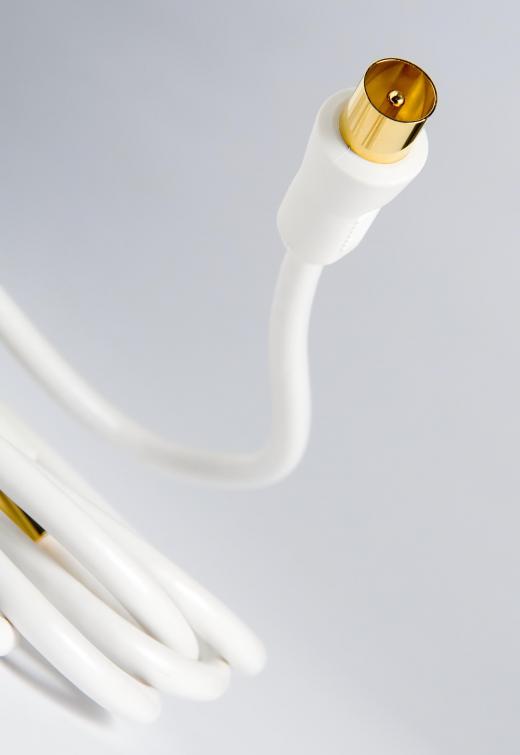Pin coupler is a term used to describe several very different coupler devices ranging from joints designed for high-fidelity audio visual signals to vintage railway truck couplers. In the case of sound systems, a pin coupler is generally understood to be a single or multiple pin coupling for audio visual systems consisting of threaded male and female sections. In the construction industry, an expanding pin coupler is a device used to make end-to-end joints in scaffold tubing assemblies. A link and pin coupler was a device used to couple railway rolling stock during the late-1800s that consisted of an oval steel ring, which was locked into place behind a slotted shield on either car with heavy pins.
The term "pin coupler" is one that has several uses in a diverse selection of industries. These range from construction to audio visual systems and vintage railway systems. In the construction industry, for example, an expanding pin coupler is a device used to join scaffold tubing. These couplers consist of two lengths of half-round cross section plate joined in their centers by a nut and bolt. The open sides of the coupler are slipped over the ends of two pieces of scaffold tube and tightened in place by tensioning the bolt.

In audio visual systems, the F-pin coupler is a device used to join coaxial cables. It consists of a back-to-back female socket fitting threaded along its outside surface. Male fittings on the ends of two coaxial cables equipped with male pins and internal threads are screwed onto the female fitting. As they advance up the length of the female fitting, their respective pins are firmly seated within the female socket, ensuring a good, interference-free joint between the cables.
Other electronic and audio visual pin coupler types feature multiple male and female pins and may also screw together or simply push into one another. On the other end of the scale, a link and pin coupler was a heavy-duty coupling used to join railway cars during the late-1800s. Each car had a dished plate mounted on its ends into which a narrow, oval slot was cut. To join the cars, a large, robust ring of tempered steel was pushed through the slots on either car's shield. A pin was then dropped through the section of ring behind the respective shields and locked in place with a cross bar.
